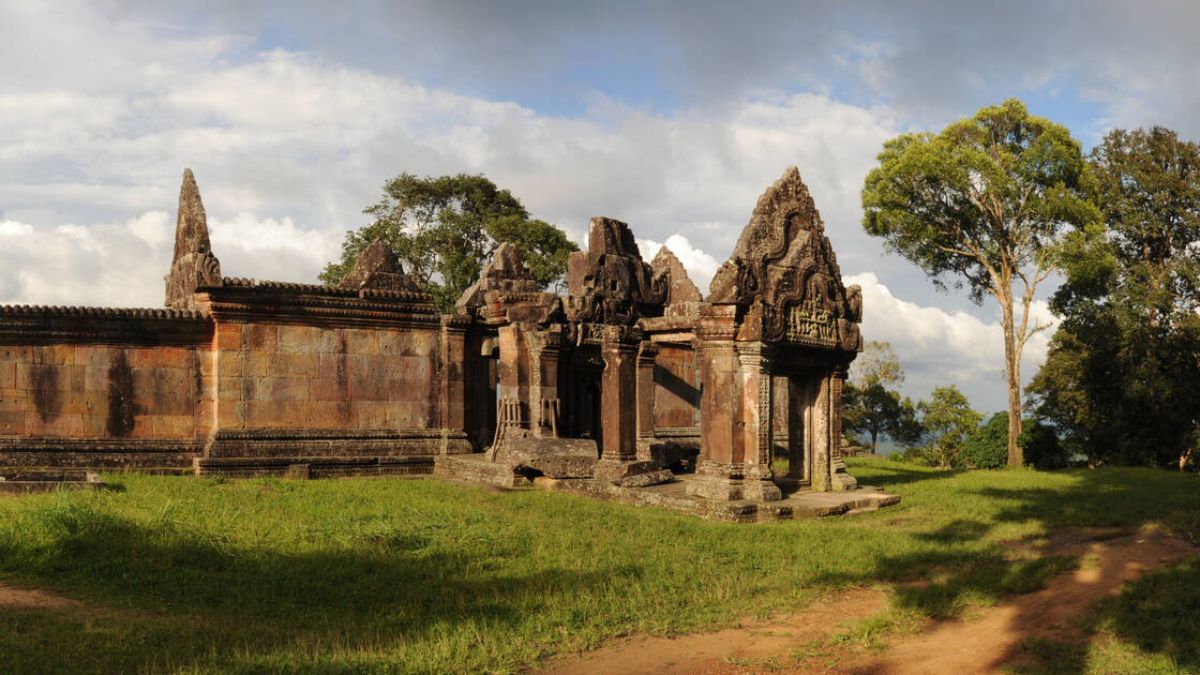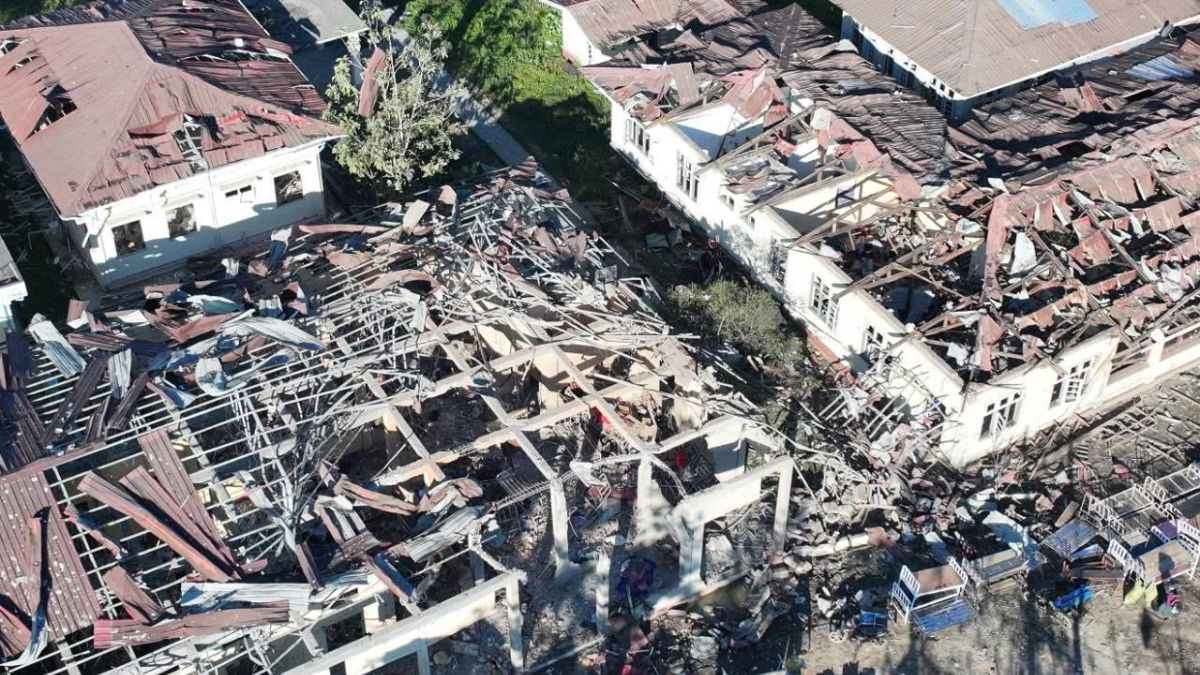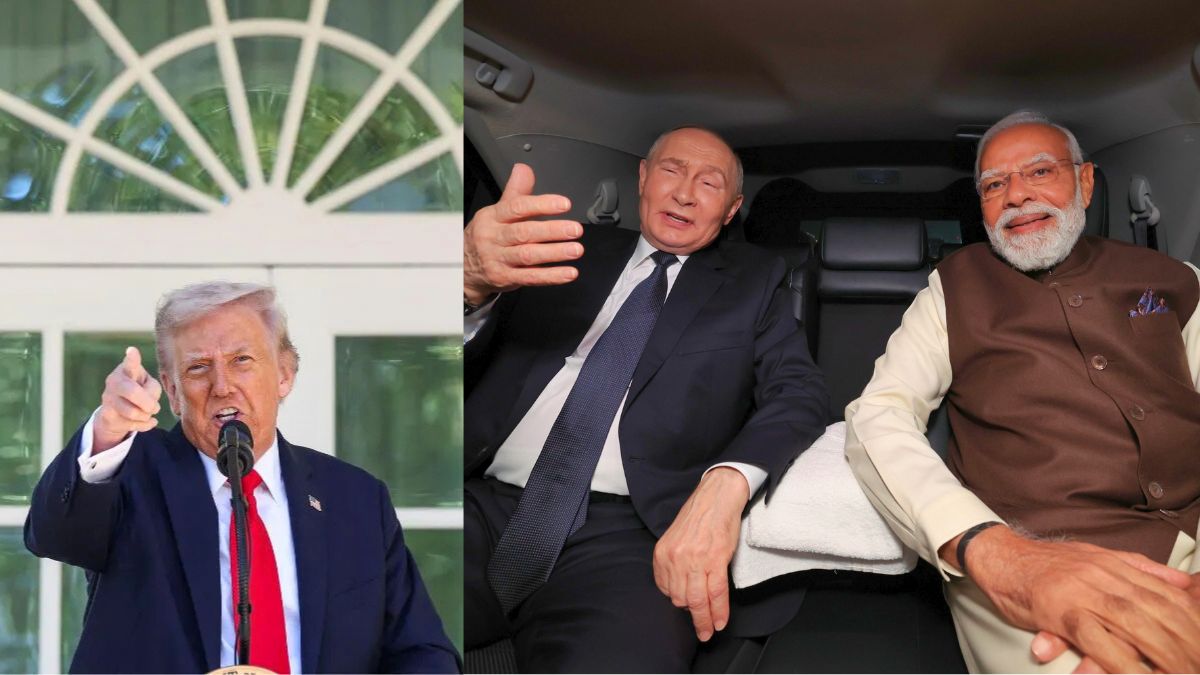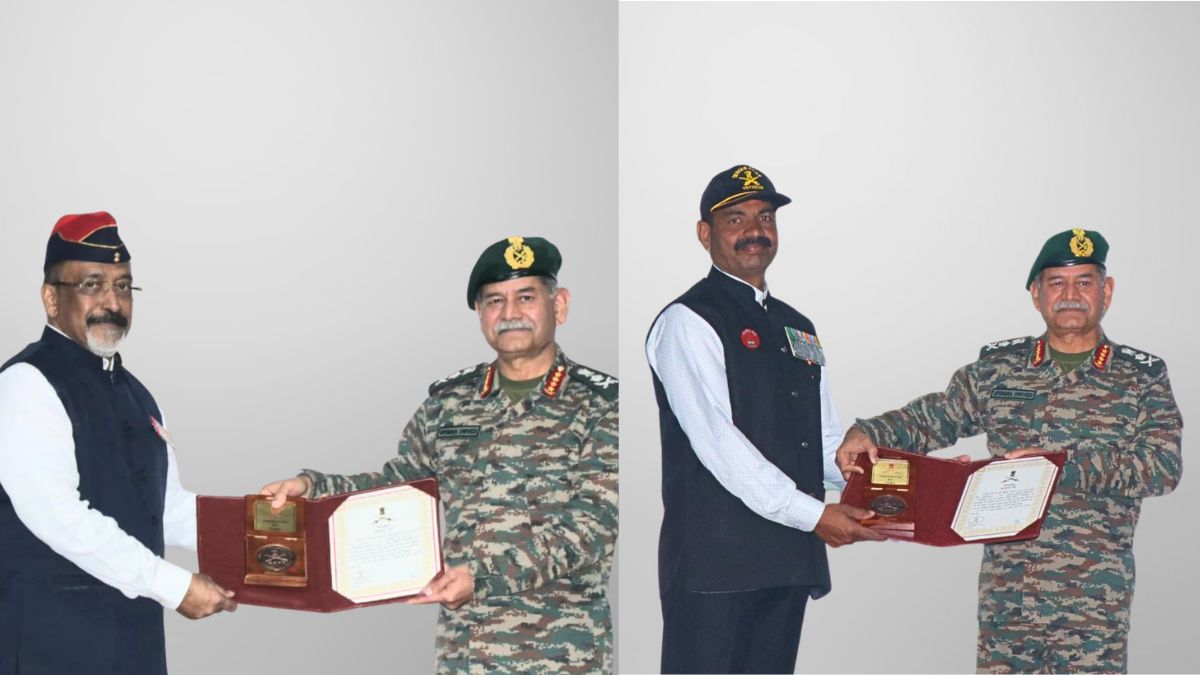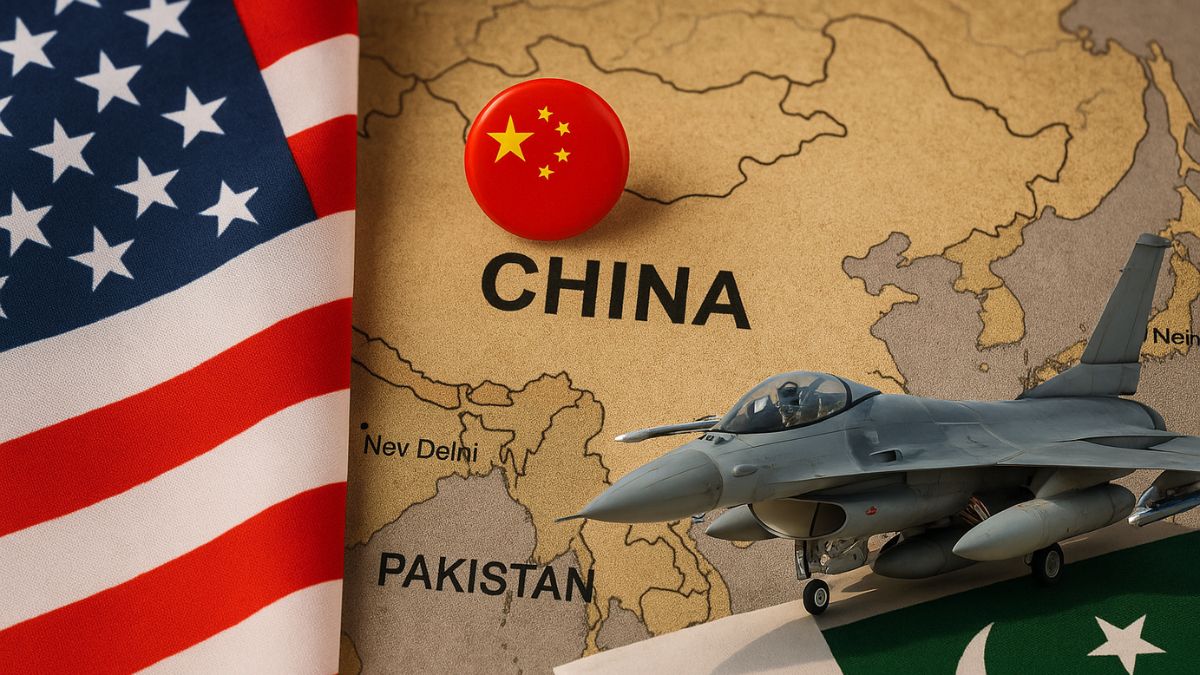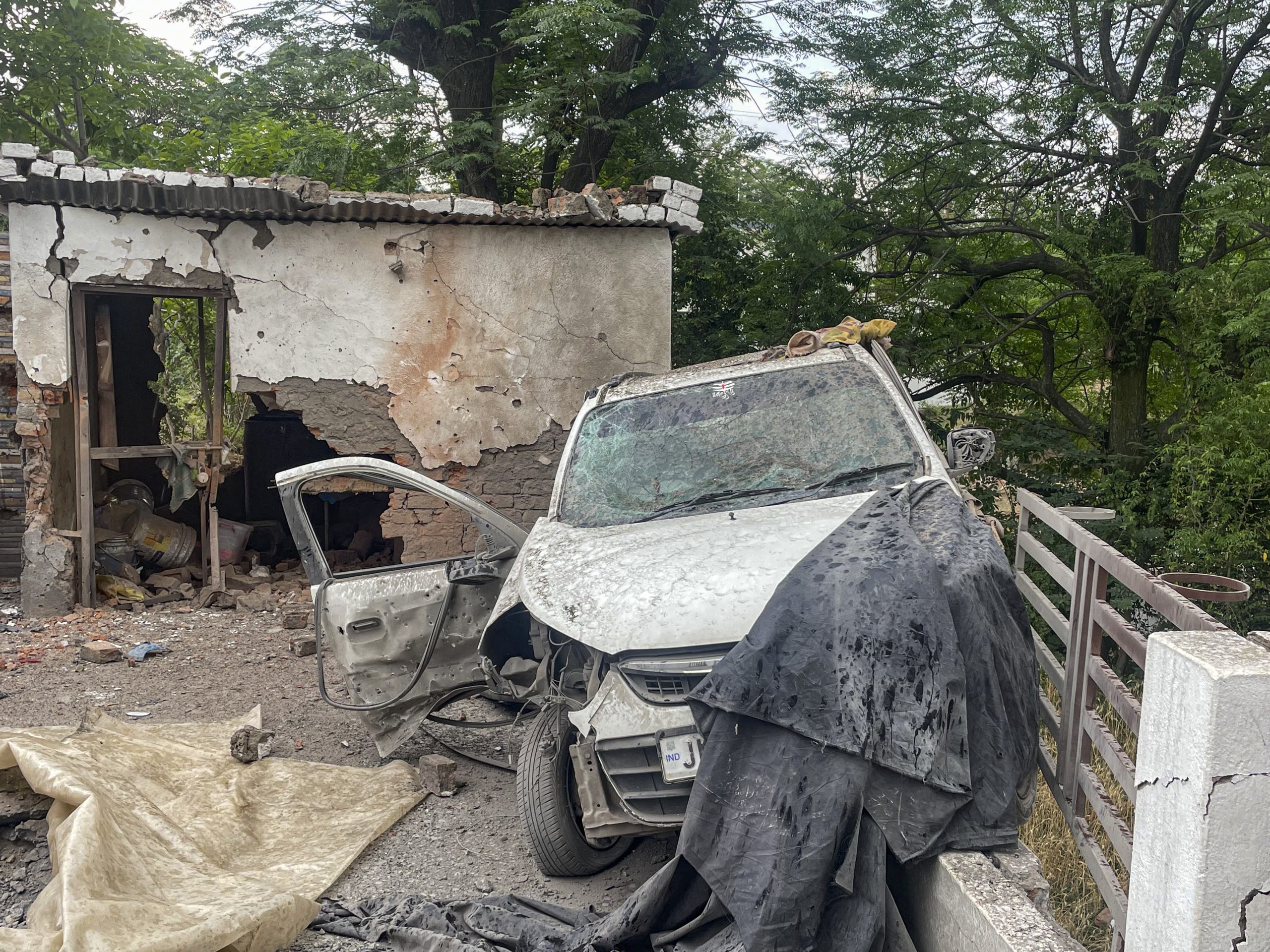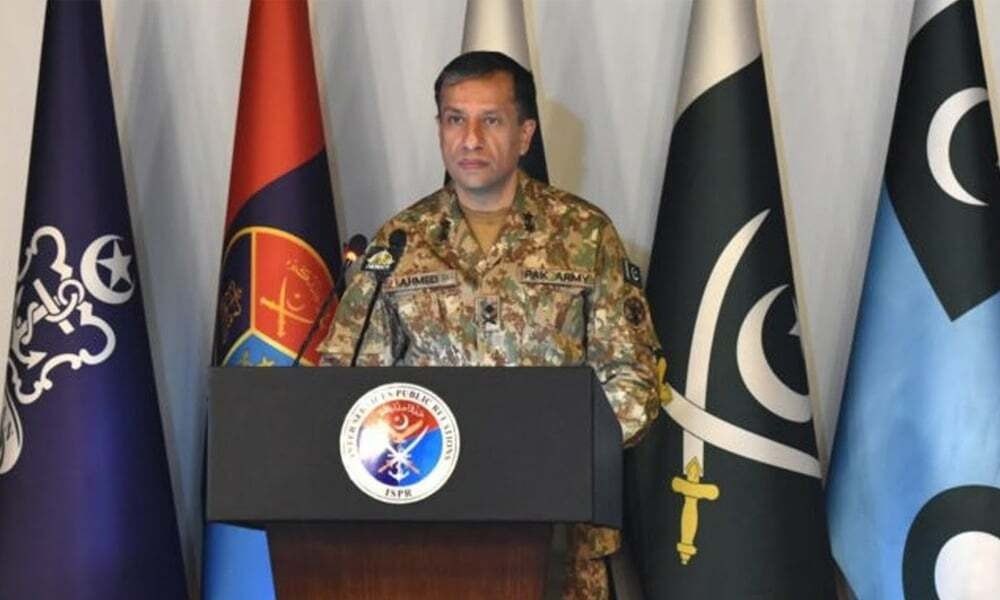ULFA-I Says Drone Attacks In Myanmar Killed Senior Leaders, Indian Army Denies Involvement
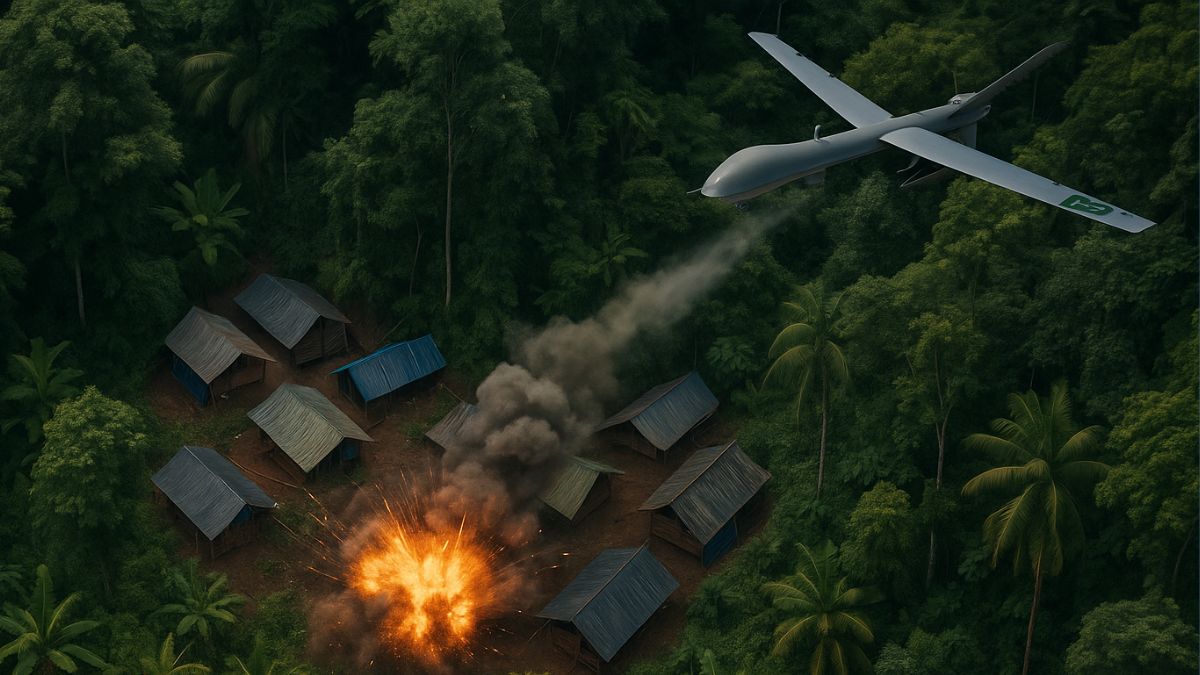
ULFA-Is camps in Myanmar were reportedly struck on Sunday. The banned group has blamed the Indian Army, which has denied involvement. Image courtesy: Representeative AI-generated picture via DALL-E
The banned United Liberation Front of Asom-Independent (ULFA-I) has claimed that drone attacks by the Indian Army on one of its camps in Myanmar have killed at least three senior leaders. The Indian Army, however, has denied any knowledge of such operations across the border.
The incident, according to ULFA-I, occurred in the early hours of Sunday (July 13), targeting multiple camps across a stretch of the India-Myanmar border. The situation is developing, with the outfit vowing to retaliate against the reported actions.
What did ULFA-I claim about the attacks and their casualties?
In a statement, ULFA-I accused Indian Army forces of launching an attack on several of its camps, from the Longwa area in Nagaland to the Pangsai Pass in Arunachal Pradesh, between 2 am and 4 am on Sunday. The group claimed that the attack involved more than 150 drones, which they said were manufactured in Israel and France. According to ULFA-I, the missile strike killed its lieutenant general, Nayan Medhi (alias Nayan Asom), and injured 19 others.
The group later issued a second statement, asserting that two other senior leaders, Brigadier Ganesh Asom and Colonel Pradip Asom, were killed in a subsequent missile attack during the last rites of Nayan Asom. ULFA-I also reported that several other officers, cadres, and civilians were injured in the incident.
How has the Indian Army responded to these claims?
Indian Army officials have firmly denied any involvement in such an operation. Lt Col Mahendra Rawat, the PRO Defence for Guwahati, was quoted by IANS stating that there were no inputs or confirmation regarding any such operation along the India-Myanmar border.
This denial follows the ULFA-I’s claims of ongoing military action in the area, which the Army has yet to substantiate or confirm.
What is ULFA-I?
The United Liberation Front of Asom – Independent (ULFA-I) is a banned insurgent group based in India’s northeast, primarily in Assam, and is known for advocating a sovereign, independent Assam. It emerged as a breakaway faction of the original ULFA after the group split in 2012, with ULFA-I led by fugitive commander Paresh Barua rejecting peace talks and continuing armed militancy. The outfit operates mainly out of camps in Myanmar, where it is believed to receive support and training from other northeast insurgent groups.
ULFA-I has been involved in a range of activities including cross-border attacks, extortion, kidnapping, and sabotage targeting infrastructure and security forces in Assam. The group is outlawed under India’s Unlawful Activities (Prevention) Act and is viewed as a serious threat to stability in the region. Despite dwindling support and manpower, ULFA-I remains active, leveraging difficult terrain and porous borders to evade Indian security forces.
ULFA-I has seen its leadership significantly reduced in recent months. The reported death of Nayan Medhi and the arrest of senior commander Rupom Asom by Assam Police in May have weakened the organisation’s ranks further. The remaining key figure in Myanmar is believed to be Arunodoy Dohotiya, the only major figure still active in the region. Despite the group’s significant losses, ULFA-I continues to operate, with Barua, known for his ties with Pakistan’s Inter-Services Intelligence (ISI), reportedly conducting operations near the tri-junction of China, Myanmar, and India’s Arunachal Pradesh.
What is the situation with Myanmar refugees in Mizoram?
In a separate development, officials confirmed that over 2,500 refugees from Myanmar have started returning to their villages in the conflict-hit nation. The refugees had fled to Mizoram in India following intense fighting between the Chin National Army (CNA) and Chin National Defence Force (CNDF) factions against the Myanmar military junta.
These refugees were sheltered in Mizoram after the CNDF withdrew from Zokhawthar and Rihkhawdar. The return of these refugees comes after the ceasefire, but not before some of them tragically died during their perilous journey. The situation remains tense as the fight for control of territories continues to escalate between the rebel factions and the Myanmar military.
These developments highlight ongoing instability in the region, from cross-border insurgent activities involving ULFA-I to the refugee crisis driven by internal conflicts in Myanmar. The intertwined nature of these issues presents a complex challenge for India’s security and humanitarian efforts along its northeastern borders.
